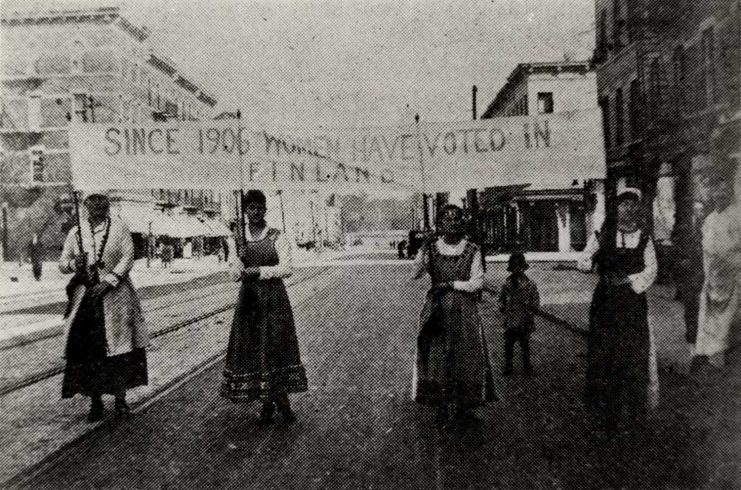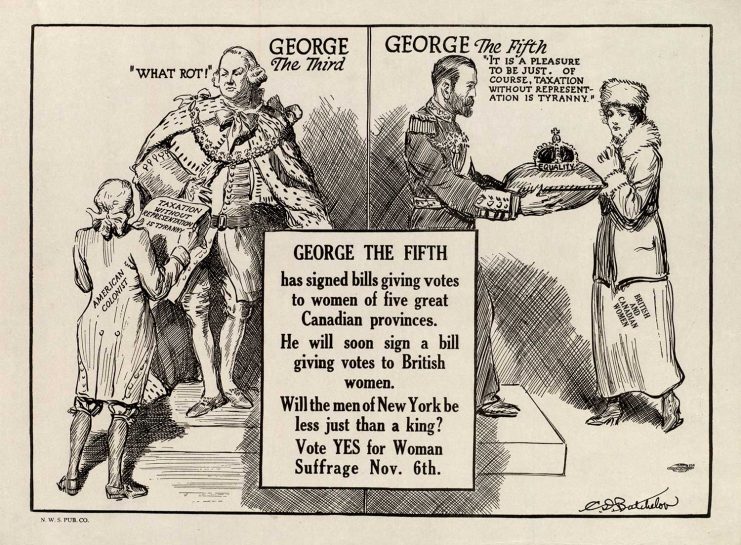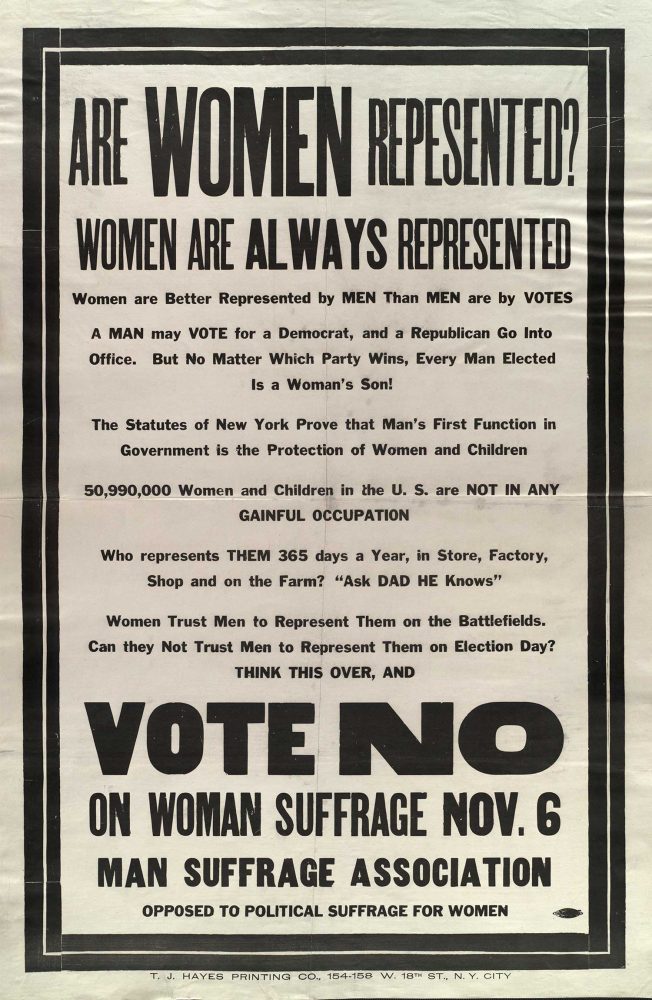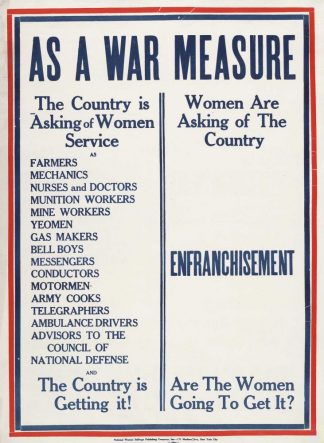By Allison Campbell-Jensen
Following the 1971 request of U.S. Rep. Bella Abzug (D-NY), in 1973, Aug. 26 was designated Women’s Equality Day.
“The date was selected to commemorate the 1920 certification of the 19th Amendment to the Constitution, granting women the right to vote,” according to the National Women’s History Alliance. “This was the culmination of a massive, peaceful civil rights movement by women that had its formal beginnings in 1848 at the world’s first women’s rights convention, in Seneca Falls, N.Y.”
The U.S. Constitution has quite a few amendments — 27 so far — yet still is missing a proposed 28th, the Equal Rights Amendment (ERA). But that depends on who you talk to, it seems. Constitutional scholar Laurence Tribe told a Congressional committee that it already is the law of the land — even though not the full complement of States have ratified the ERA. Plus, the National Archives do not recognize it, yet.
You can find the U.S. Constitution online. For Old School types, it is published in a small booklet, perfect for pocket or purse, and ready for discussion … and further amendments, perhaps.
Women’s rights resources from the Libraries
Now join us for a stroll through UMedia, a compendium of digitized resources from our U of M Libraries’ Archives & Special Collections (and other sources), to see how this question of “granting” equal rights to women has been presented in the past.
Are women represented?
“Are women represented? Women are always represented … Vote no . …”
This poster, dated about 1917, may be a bit too clever for its own good: “Ask DAD, He knows” Really?
But that’s us, being skeptical, looking back with a century’s worth of fighting for women’s rights under our white hats and white pantsuits. From the Upper Midwest Literary Archives.
Standard-Bearers
“Standard-Bearers” in Finnish folk costumes marching in the women’s suffrage parade, New York City, 1917.
The banner reads “Since 1906 women have voted in Finland.” This photo is from the Immigration History Center Archives.

“Standard-Bearers” in Finnish folk costumes marching in the women’s suffrage parade, New York City, 1917. Immigration History Research Center Archives
An issue of who has rights
An issue of who has rights: A cartoon showing the English Kings George III (Revolutionary War period) and George V (WWI era), respectively being angered by American colonists and granting women the right to vote. This poster was created by Clarence Daniel Batchelor (1888-1977); the digitized version was developed with support from the Institute of Museum and Library Services.

A cartoon showing the English Kings George III (Revolutionary War period) and George V (WWI era), respectively being angered by American colonists and granting women the right to vote. Historical Era: World War, 1914-1918; Upper Midwest Literary Archives
Just the facts, ma’am
Just the facts, ma’am: This WWI-era War Measures poster compares the efforts the United States asked of women, and what they hoped for in return: the right to vote. It belongs to the U of M Libraries’ Archives & Special Collections World War Poster collection (Mss036).
A call for women’s right to vote
A call for women’s right to vote in the American Jewish World (vol. 6, no. 44, July 12, 1918):
“Women are bearing as heavy a burden in this war as are the men. Now that the National Congress has passed the Women’s Suffrage Amendment, will our State Legislature act in the true spirit of democracy and ratify it?”
From our own Gopher yearbook, 2013
From the Gopher yearbook, 1913: “In those halcyon days that are to come, when the ballot is securely and irrevocably within the feminine grasp, and the reins of the government in the hands of the gentler sex, then shall the press be eloquent of the speeches and exploits of “Bess” and throughout the land shall her name and fame resound.”
—The introduction to an item about student Elizabeth Piatt, from the University Archives.






